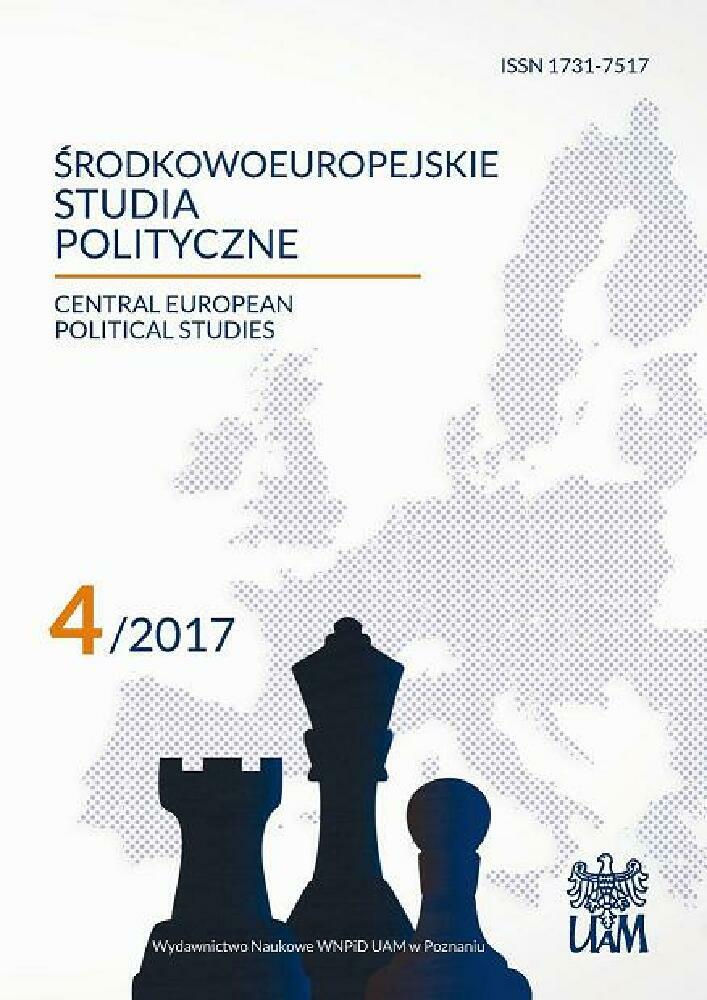Abstrakt
Równość płci rozumiana jako sprawiedliwe traktowanie kobiet i mężczyzn w każdej sferze życia społecznego to priorytet działań we współczesnej polityce wielu państw. W artykule podjęta została problematyka równych szans płci w organizacjach medialnych i w zawodzie dziennikarskim. W tekście omówiono zagadnienie dziennikarstwa, jako zawodu równych możliwości i ukazano ograniczenia, z jakimi spotykają się kobiety zajmujące się tą profesją. Wielowymiarowa i złożona obecnie pozycja kobiet w mediach jest wypadkową wielu istotnych uwarunkowań historycznych, społecznych, kulturowych, politycznych i ekonomicznych. W artykule ukazano ponadto kwestię zarządzania różnorodnością w organizacji medialnej i określono podstawowe wskaźniki równości płci w polityce redakcji. W zakończeniu zwrócono uwagę na potrzebę różnorodności, przeciwdziałania nierównemu traktowaniu i uwzględnianie w równym stopniu praw kobiet i mężczyzn w polityce organizacji medialnych w kwestiach rekrutacji, wynagrodzeń, awansu zawodowego i spraw socjalnych.
Bibliografia
Barcz J. (ed.) (2005), Prawo Unii Europejskiej. Prawo materialne i polityki, wydanie drugie, Warszawa.
Bazydło-Egier D. (2017), Wyzwania wobec kobiet we współczesnym świecie, w: Kobiety w przestrzeni społeczno-politycznej. Wybrane zagadnienia, eds. M. Kumelska, W. T. Modzelewski, P. Schmidt, Olsztyn.
Leonowicz-Bukała I. (2015), Dziennikarstwo obywatelskie a rola mediów w demokracji, in: Zawód dziennikarz. Między misją a profesją, eds. B. Brodzińska, M. Jeziński, M. Mateja, Toruń.
Gender-Sensitive Indicator for Media. Framework of Indicators to Gauge Gender Sensitivity in Media Operations and Content. Raport UNESCO 2012, http://www.unescdoc.unesco.org/ 2.09.2017.
McQuail D. (2008), Teoria komunikowania masowego, Warszawa.
Między spokojem a wojną, reportaż filmowy, „Dzień dobry TVN”, 13.10.2017.
Pekin+20: pekińska platforma działania a Unia Europejska. Obszar J: Kobiety i media. Raport EIGE, 5 czerwca 2015, http://www.eige.europa.eu/sites/default/files/dokuments/j_mh0415022plc.pdf, 3.09.2017.
Piskozub P., Kobiety w mediach – między podmiotem a przedmiotem, Europejskie Obserwatorium Dziennikarskie, 17 stycznia 2014, http://www.pl.ejo-online.eu, 10.08.2017.
Przybysz-Smęda K., Zawód: korespondentka wojenna. „Nieustraszona Colvin” nadała ostatnią relację, Internet portal Wysokie Obcasy, 24 lutego 2012, http://www.wysokieobcasy.pl/wysokie-obcasy/1,96856,11233093.Zawodkorespondentka_wojenna__Nieustraszona_Colvin_html, 12.10.2017.
Roberts J. B. (2017), Ranking pierwszych Dam Ameryki, Warszawa.
Review of the implementation of the Beijing Platform for Action in the UE Member States: Women and the media – Advancing gender equality in decision making in media organization (2013), Report European Institute for Gender Equality, Luxembourg.
Sobczak J. (2007), Korespondent – ramy prawne i praktyka, in: Wojna w mediach, eds. W. Piątkowska-Stepaniak, B. Nierenberg, Opole.
Sznajder A. (2013), Diversity Index. Przewodnik po zarządzaniu różnorodnością, Warszawa.
Wężyk K., 20 lat walk, ludobójstwa i rewolucji. Christiane Amanpour – korespondentka idzie na wojnę, Internet portal Wysokie Obcasy, 6 czerwca 2012, http://www.wysokieobcasy.pl/wysokieobcasy/1,96856,1184067,20_lat_walk_ludobojstwa_i_rewolucji_Christiane_Amanpour.html, 10.10.2017.
Women Make the News: Gender Equality and the Media – Christiane Amanpour, CNN, http://www.unesco.prg/new/en/communication-and-information/crosscuttingpriorities/gender-andmedia/global-alliance-on-medi-and-gender/homepage, 8.09.2017.
Licencja
Prawa autorskie (c) 2017 Alina Balczyńska-Kosman

Utwór dostępny jest na licencji Creative Commons Uznanie autorstwa 4.0 Międzynarodowe.
